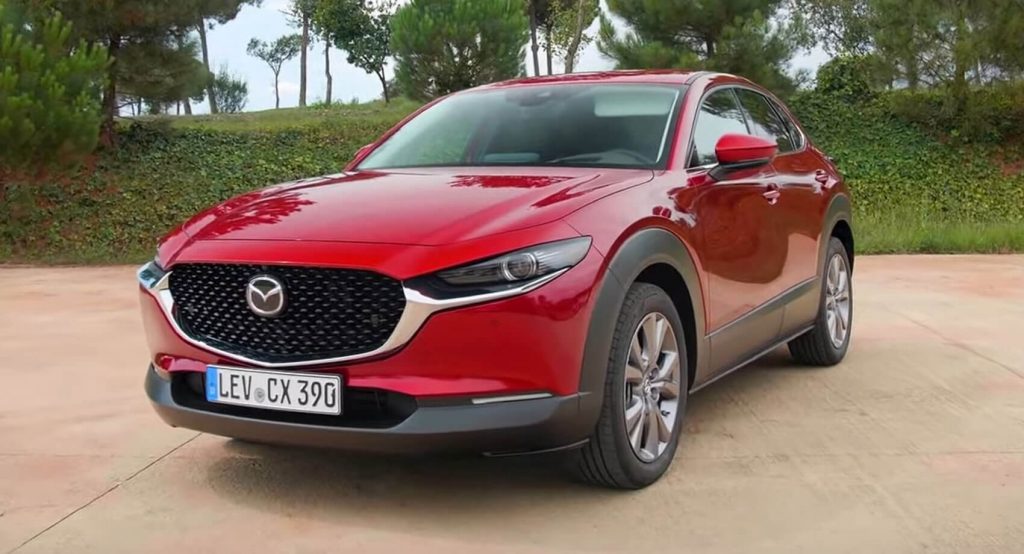Like most rivals, Mazda has ventured into the SUV world with more than one product. It has the CX-3 and CX-5 out to cater to those looking for a subcompact and a compact-sized model respectively, and from this year, the CX-30 that bridges the gap between them.
You might be wondering why they didn’t name it the CX-4, and the answer is simple: Mazda is already selling the CX-4 in China, so the CX-30 moniker was chosen instead to avoid confusion. A challenger to the likes of the Volkswagen T-Roc, it sports the company’s new, and quite successful, design language on the outside, while getting some plastic cladding on the lower parts.
Also Read: Mazda CX-30 vs. CX-3 vs. CX-5: Which One Is Your Favorite?
The interior also falls in line with the rest of the company’s models, with nice quality plastics, good and easy to use infotainment system, controllable via the rotary dial, decent space at the front and back, and a decently-sized boot. It’s also quiet on the highway and quite comfortable. Nonetheless, if you expect sharp steering and dynamic handling, you’re in for a disappointment, as they’re not the SUV’s strong points.
In the UK, the CX-30 is offered with a choice of two engines. The SkyActiv-G packs a 2.0-liter petrol mild-hybrid unit with cylinder deactivation, which produces 122 PS (120 hp / 90 kW). A six-speed manual gearbox and front wheel drive are standard, although you can get it with a six-speed auto and all-wheel drive as an option. The SkyActiv-X 2.0-liter mill is also available, making 180 PS (177 hp / 132 kW) and promising more torque at lower revs and fuel consumption that’s comparable to a diesel.
For what it’s worth, the CX30 is decent to drive, packs enough kit even in lower grades and is on the comfortable side of things. Should it be on your list? The review right below might just help you decide.



